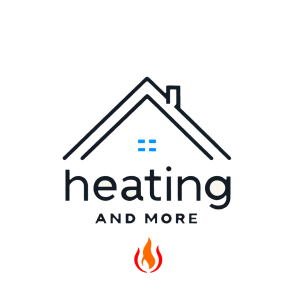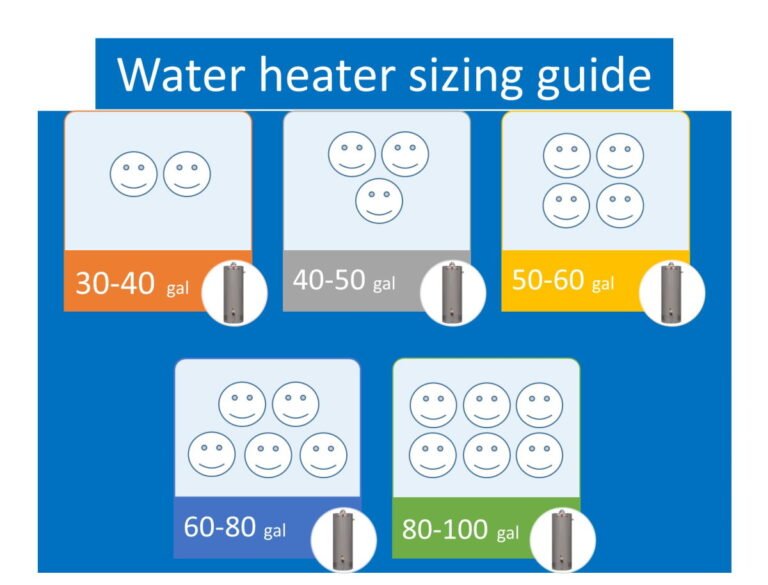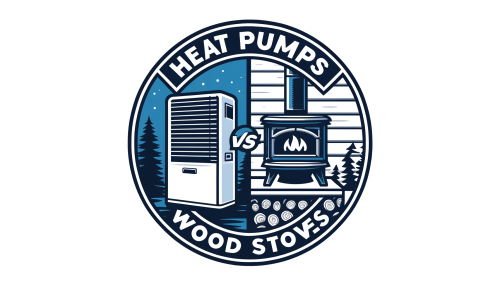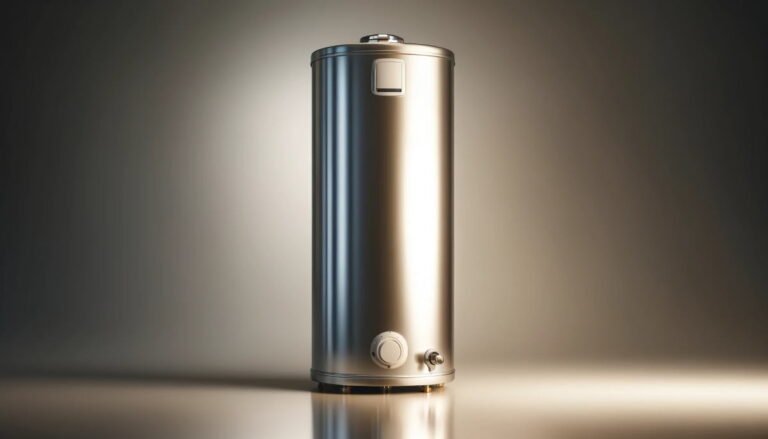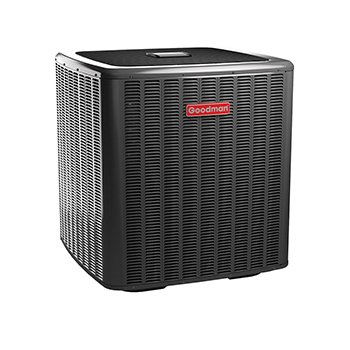Compare Baseboard Heating vs. Forced Air: Advantages, Drawbacks, and More
As temperatures drop, deciding how to keep your home warm and cozy becomes crucial. Before getting a new HVAC system, let’s first compare baseboard heating vs. forced air to see which type is the most cost-effective, energy-efficient, easier, and cheaper to install, ensuring the most comfortable living.
In our detailed comparison, we break down the efficiencies, costs, adaptability, and how they work, providing a clear picture of what makes one better than the other.
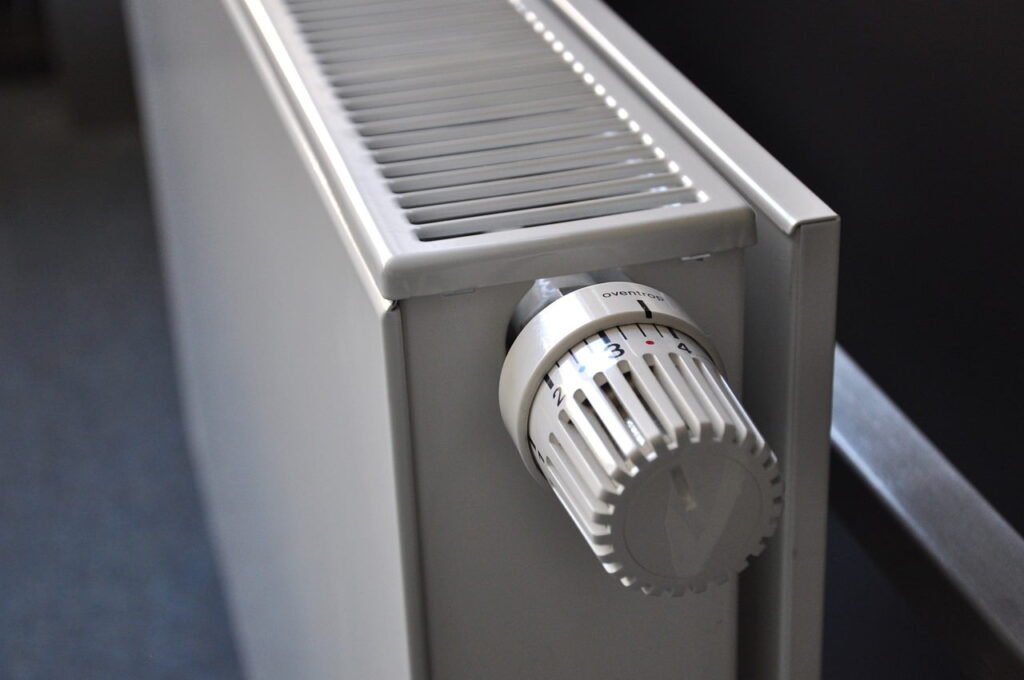
Taking time to research the advantages, disadvantages, and options available is essential, as buying the best HVAC system for your home is not only expensive, but it also affects your comfort for many years to come.
This guide aims to arm you with all the necessary information to make a decision that you’ll be comfortable with for a long time to come.
Baseboard Heating vs. Forced Air: How to Choose
When choosing between baseboard heating and forced air systems, several factors will influence which option is best for your home. Here’s a detailed breakdown of these considerations:
Climate Considerations
Is your house located in a warm or cold climate?
For warm climates, a forced air system may be more suitable as it can integrate with central air conditioning, offering cooling options as well.
In cold climates and where the whole-house heating is not always needed, baseboard heating is beneficial as it allows for zonal control, which is more energy-efficient when heating only the rooms that are in use.
Room or Whole-House Heating
Do you need to heat just one room or an entire home?
Baseboard heaters are ideal for heating individual rooms or small spaces without extensive installation, making them perfect for single-room applications.
On the other hand, forced air systems are more effective at uniformly distributing heat throughout an entire home, which is essential when heating multiple rooms or an entire house.
Home Construction and Existing Infrastructure
Are you building a new house or modifying an existing one?
In new constructions, you have the flexibility to choose any system, with forced air being preferable if you plan on central air conditioning.
For existing homes, if ductwork is already present, a forced air system might be less costly to install. Without existing ductwork, installing baseboard heating might be less invasive and more cost-effective.
The current electrical and plumbing infrastructure should also be considered, as baseboard heaters might require additional electrical wiring or piping.
Fuel Type
What type of fuel or energy source do you want to use?
Systems can run on various fuels such as electricity, natural gas, oil, or propane, with the choice often depending on local fuel costs and availability. For instance, electric baseboard heaters could be a better option if electricity is less expensive or more readily available in your area.
Special Features
Advanced features like programmable thermostats or smart home integration can enhance convenience and efficiency. Ultra-efficient models, though potentially more costly upfront, can reduce operating costs over time.
Also, consider the need for portability and flexibility in systems that offer both heating and cooling.
Budget
Forced air systems generally have higher initial installation costs, especially if ductwork needs to be installed or upgraded. Operational costs will vary based on the system’s energy efficiency and the type of fuel used. It’s important to consider both the upfront costs and the ongoing monthly energy costs when determining which system best fits your budget.
Exploring Baseboard Heating Systems
What Are Baseboard Heaters?
Baseboard heaters are long, low-profile units typically installed along the bottom of walls, right beneath windows. They operate on a convection principle, heating air through either electric resistance or circulating hot water (hydronic systems).
As the heaters warm the air, it rises naturally, while cooler air descends towards the floor, creating a cycle of warm air circulating throughout the room without the need for fans. This simple and efficient method enables quiet operation and targeted heating in specific areas, making baseboard heaters ideal for heating individual rooms.
There are two main types of baseboard heaters, electric and hydronic, each employing a unique method to efficiently heat your living space.
Electric Baseboard Heaters
Electric baseboard heaters generate heat through electrical resistance, a process referred to as convection. As electricity flows through the heater’s element, it heats up and radiates warmth directly into the room. These units are composed of housing, heating coils, and metal fins, and are typically either hardwired into a home’s main electrical panel or plugged into a wall outlet.
Electric baseboard heaters are usually installed under windows to counteract cold air. They can be controlled by a thermostat installed on the unit itself or mounted on the wall, and some models are equipped with a blower for faster heat delivery. Despite their effectiveness in zone heating, electric heaters are considered one of the most expensive methods of heating a home due to the high cost of electricity.
Hydronic Baseboard Heaters
Hydronic baseboard heaters operate by heating a fluid, typically water or oil, using gas and electric furnaces, heat pumps, or hydronic coils. The heated fluid then circulates through pipes and baseboard units, employing radiant heating and convection to transfer heat to the air. This process allows the fluid to retain heat longer, enabling efficient operation even after the system shuts off.
Unlike electric models, these heaters are integrated into a home’s central heating system and are controlled via a wall-mounted thermostat, which usually necessitates professional installation due to the complexity.
In contrast, self-contained electric baseboard heaters are simpler and cheaper to install. These units combine an electric heater and heating fluid within a single reservoir, making them ideal for supplemental heating without the need for extensive ductwork. They operate quietly and can be installed quickly in targeted areas to provide reliable warmth.
When selecting a baseboard heater, consider the size of the space and the unit’s output capacity, which is measured in watts for electric models and British Thermal Units (BTUs) for hydronic heaters.
Pros of Baseboard Heating
- Zone Heating Excellence: Electric baseboard heaters are particularly effective for heating individual rooms or small areas, ideal for targeted or zone heating.
- Supplemental Heating: Both electric and hydronic models are excellent for providing additional warmth where needed.
- Quiet Operation: They operate silently, especially models without blowers, creating a peaceful environment.
- Cost-Effective Installation: Installation costs are generally lower than those for forced air systems.
- Independent Functionality: Each unit can operate independently, offering flexible heating options across different areas of a home.
- Low Maintenance: These heaters are easy to clean, maintain, and operate, adding to their convenience.
- Safe and Eco-Friendly: These units do not burn fuel, produce carbon monoxide, emit greenhouse gases, or present fire risks when installed correctly.
- Sustained Heating: Hydronic baseboard heaters continue to produce heat even after the system is turned off due to the residual heat in the heated liquid.
- Preserves Humidity: The radiant heat does not affect indoor humidity levels, maintaining comfortable air quality.
- Even Heat Distribution: Both types of baseboard heaters provide consistent and even heat distribution, ensuring overall comfort.
Cons of Baseboard Heating
- Slow Warm-Up: Baseboard heaters may take longer to warm up the room compared to other heating systems.
- Higher Operating Costs: Electric heaters can be expensive to operate over extended periods due to higher electricity usage.
- No Cooling Capability: These systems do not offer cooling options, which limits their use to heating only.
- Obstructed Air Flow: Furniture placement can block the air and heat flow, affecting the efficiency.
- Thermostat Limitations: Increasing the temperature on the thermostat does not accelerate the warming process in the room.
Understanding Forced-Air Systems
What Are Forced-Air Heating Systems?
Forced air systems are a common type of heating and cooling technology found in many homes. These systems use a furnace and a series of ducts to distribute heated or cooled air throughout the building.
Here’s how they function:
The system begins by drawing in room or outdoor air through return ducts, filtering it to remove dust, allergens, and other airborne particles. The clean air is then directed into the furnace where it is heated by burning natural gas, oil, propane, or by using electricity. In the case of gas furnaces, the gas is ignited in a burner, and the air passes over a heat exchanger where it absorbs heat before being circulated.
A blower then propels this heated air through a network of ducts, dispersing it throughout the house via vents located in various rooms. The process ensures efficient and rapid heating of the entire space and can be reversed for cooling if the system includes an air conditioner, making forced air systems versatile for year-round climate control.
Types
Forced-air heating systems can be categorized based on several criteria, including the type of fuel used, the method of air distribution, and whether they integrate cooling.
Here’s an overview of the common classifications of these systems, particularly based on the type of fuel used:
- Gas Forced Air Systems: These are the most common types and use natural gas as the primary fuel to heat air in the furnace. They are known for their efficiency and relatively low operational cost compared to electric heaters.
- Electric Forced Air Systems: These systems use electric heating elements to heat the air. While they are generally easier and cheaper to install than gas systems, they can be more expensive to operate due to the higher cost of electricity in many areas.
- Oil Forced Air Systems: These work a lot like gas systems but run on oil instead. They’re not as common and are usually found in places where it’s hard to get natural gas. If natural gas isn’t an option for you, this could be a good alternative.
- Heat Pump Systems: Technically a type of forced air system, heat pumps use electricity to move heat from one place to another instead of generating heat directly. They can be used for both heating and cooling, making them highly versatile. During the heating season, they extract heat from the outdoor air or ground and transfer it inside; during cooling, this process is reversed.
- Hybrid Systems: Hybrid systems bring you the best of both worlds, combining a gas furnace with an electric heat pump. They smartly switch between gas and electricity depending on the weather and what’s more efficient at the time, helping you save on energy costs and be a bit more eco-friendly.
Forced-air systems can also be categorized by their air distribution method, ranging from single-stage systems that operate at full capacity to more efficient variable-speed models that adjust airflow for consistent temperature control.
Additionally, these systems may be part of HVAC units that handle both heating and cooling, utilizing the same ductwork to distribute air whether it’s heated or cooled, with advanced models offering multi-zone control to independently manage temperatures in different areas of a home.
Pros of Forced-Air Systems
- Rapid Heating and Cooling: Forced air systems heat and cool spaces quickly due to the active movement of air through ducts.
- Air Filtration: They improve indoor air quality by filtering out dust, allergens, and other particles as air circulates through the filter.
- Humidity Control: This can manage indoor humidity levels, enhancing comfort.
- Year-Round Comfort: Many forced air systems can be combined with air conditioning units, providing both heating and cooling from a single system.
- Programmable and Smart Home Integration: Compatible with smart thermostats and home automation systems, allowing for better energy management and convenience.
- Even Distribution of Air: Ensures consistent temperatures throughout the home, eliminating hot or cold spots.
Cons of Forced-Air Systems
- Ductwork Maintenance: Requires regular cleaning and maintenance of ducts to prevent dust build-up and to maintain efficiency.
- Energy Loss: Some energy can be lost through leaks or poorly insulated ducts, particularly in older systems, leading to higher utility bills.
- Initial Installation Cost: The cost of installing ductwork and the furnace can be high, especially in homes that do not already have duct systems in place.
- Noise: The movement of air and operation of the blower can produce noise, which may be noticeable, especially in older systems.
- Space Requirements: Ductwork requires space within walls, floors, or ceilings, which can limit design options in new constructions or renovations.
- Air Quality Concerns: If not properly maintained, ducts can distribute dust, mold, and other allergens throughout the home.
Comparing costs
Installation Costs for Baseboard Heating Systems
Electric baseboard heaters are typically costing between $50 to a few hundred dollars depending on factors like brand, size, quality, and additional features. Hydronic heaters tend to be more expensive, with prices starting around $200.
The overall installation of baseboard heaters can range from $400 to $1,200, with the national average cost being approximately $780.
Installation Costs for Forced-Air Heating Systems
For a home of 2,000 square feet, the installation of a forced-air heating system can range between $7,590 and $9,090. The largest expense within this setup is typically the furnace itself, which can cost between $5,000 and $6,000. The total cost of installation varies based on several factors including the choice of unit, labor, and material costs.
Maintenance
Baseboard heaters are known for their low maintenance requirements. Basic upkeep involves cleaning dust and debris from the metal fins to ensure proper airflow and maintain efficiency.
Hydronic models additionally require occasional refilling of water and air purging. Unlike baseboard heaters, forced-air systems require more complex maintenance, including regular checks and cleaning of ductwork to maintain optimal air quality in the house.
Lifespan
With proper and regular maintenance, gas furnaces in forced-air systems can last at least 20 to 30 years, boilers for 20-35 years, and heat pumps up to 20 years. Baseboard heaters typically have a lifespan of 10 to 20 years.
The actual lifespan of these units can be affected by several factors including incorrect sizing, poor installation, maintenance quality, and usage patterns. It’s common for homeowners to replace their HVAC systems sooner than the end of their potential lifespan.
Baseboard Heating vs. Forced Air: Which to Choose?
Baseboard heating and forced air are two distinct approaches to keeping your place warm. Baseboard heaters are sleek and don’t take up much room, making them perfect for quietly heating up smaller spaces without getting in the way. They’re ideal for those areas that just need a little extra warmth and are especially handy because they don’t blow around air, meaning less dust and allergens floating around your home.
On the other hand, if you’ve got a larger place and need a comprehensive solution, forced-air systems are the better bet. While they’re a bit pricier and more complex to install, forced-air systems excel at climate control, distributing heat and air conditioning throughout your entire home. They’re a staple in modern HVAC setups and recommended for larger homes where you want a consistent temperature in every room.
Thinking about getting a new HVAC system? It’s crucial to chat with your contractor about all the options out there. You’ll want to figure out how much heating you’ll need and get a clear picture of the upfront and installation costs. This careful planning will help you pick a system that meets your specific needs and fits your budget, ensuring you get the most out of your investment.
More Articles About Home Heating
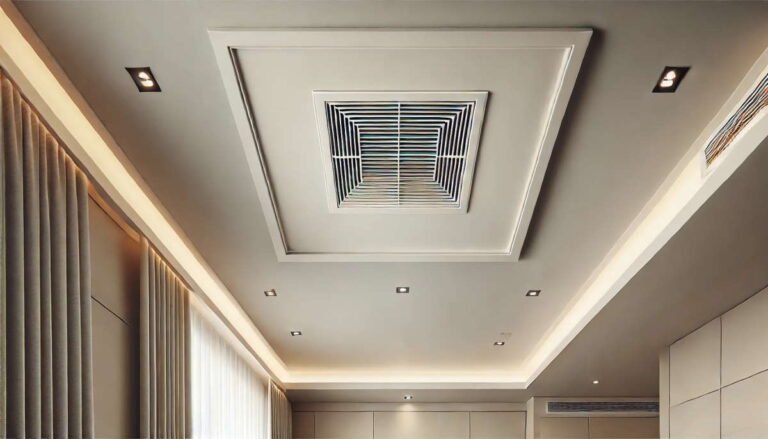
Tips and Tricks on How To Remove Bad Smell From The Air Ducts
The bad smell from the air ducts of your HVAC system is a common problem for many homeowners. Ductwork is the…

Heat Pump Not Cooling? Here’s What You Need to Know
Heat pumps are essential not only in the winter for heating our homes but also in the summer to cool…
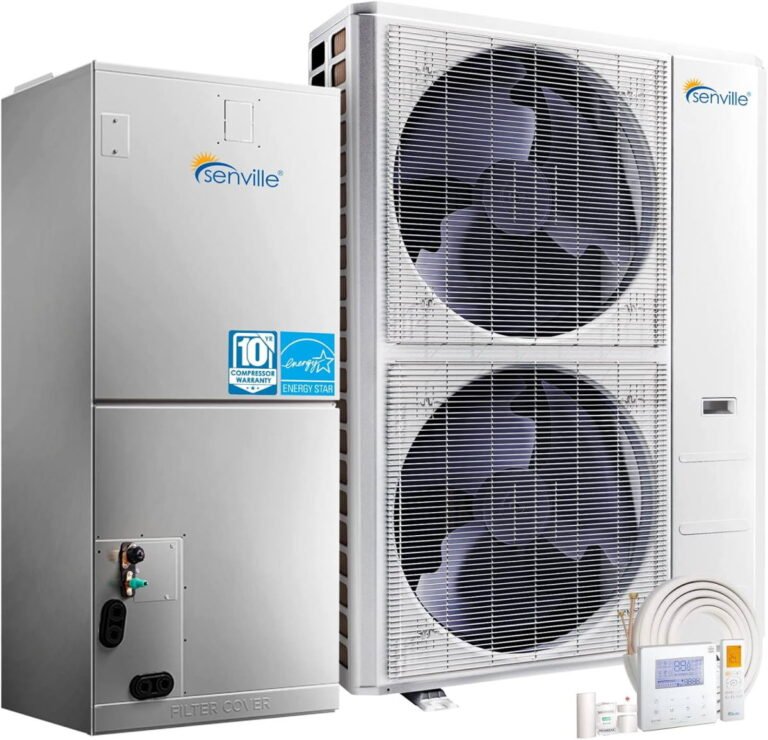
Compare Ductless Mini-Split Heat Pumps vs. Window Heat Pumps: Which Is Right for You?
In this article, we are going to look at ductless mini-split heat pumps vs. window heat pumps, examine how each…
